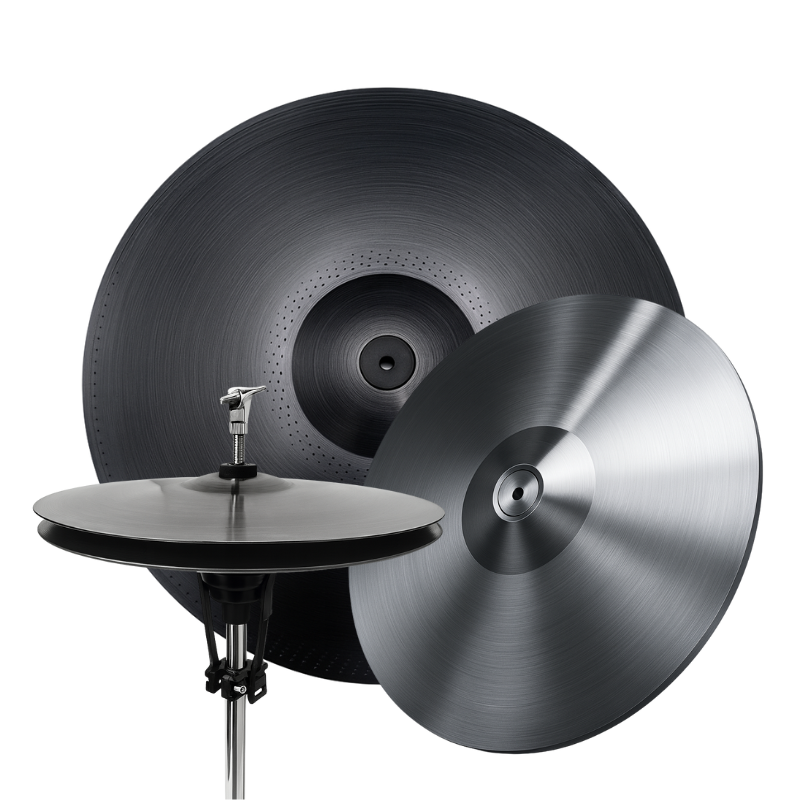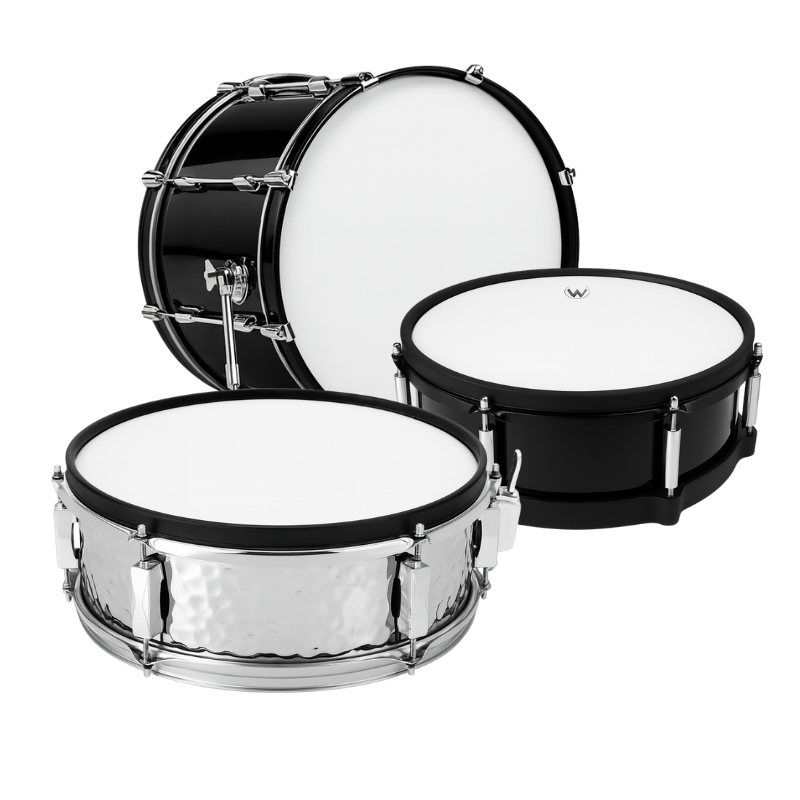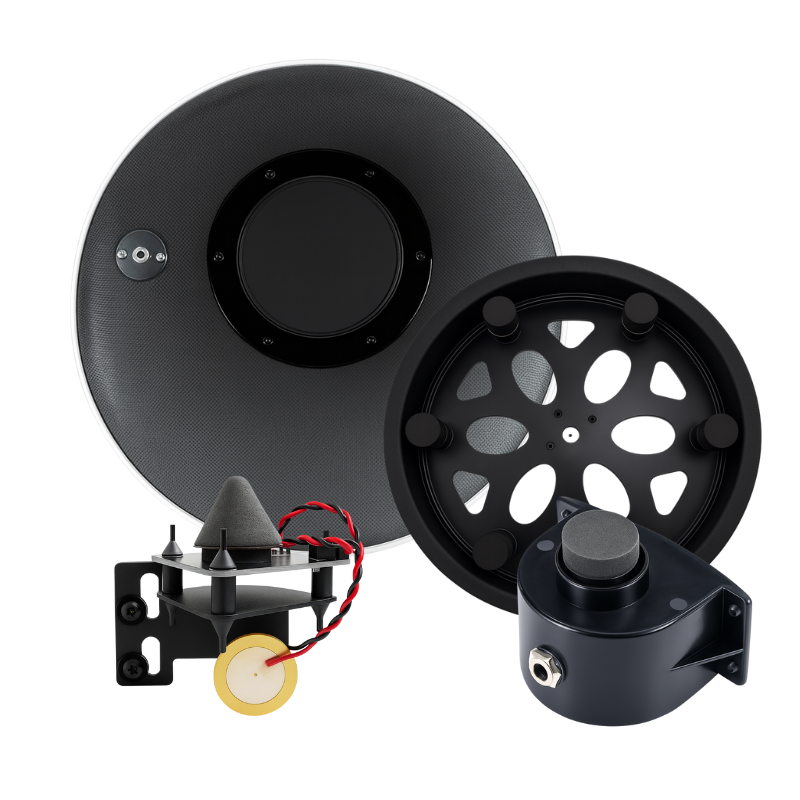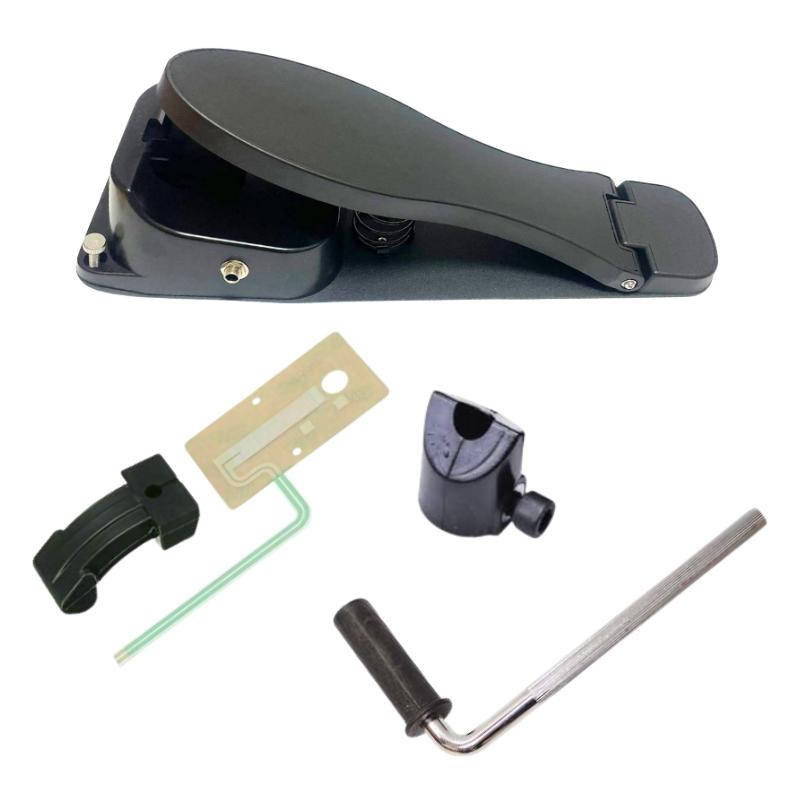
How to Tune Your Drums: A Complete Guide for Drummers
Share
Tuning drums is one of the most important skills every drummer should master. Whether you play rock, jazz, metal, or funk, properly tuned drums can completely transform your sound. A good drum tuning session not only improves tone and resonance but also makes your drum kit feel alive under your sticks. In this article, we’ll cover step-by-step methods, useful tips, and resources to help you achieve the perfect drum sound.
Why Drum Tuning Matters
Many drummers focus only on technique, forgetting that drum tuning is equally essential. A well-tuned snare drum can cut through the mix with clarity, while toms tuned correctly will sing with warm overtones. Even the bass drum benefits from precise tuning, providing a deep and powerful foundation. Without proper tuning, even the best drum set or high-end drum heads will sound flat and lifeless.
The Basics of Drum Tuning
Before you start, make sure you have:
A drum key (essential for adjusting tension rods).
Fresh drum heads if your old ones are worn out.
A quiet environment so you can hear each note clearly.
Step 1: Loosen the drum head – Start by loosening all tension rods and then tighten them finger-tight.
Step 2: Tune in a star pattern – Use the drum key to gradually tighten the rods opposite each other to keep even tension.
Step 3: Listen for overtones – Tap about an inch from each lug and make small adjustments until the pitch matches around the drum.
Step 4: Fine-tune for style – Rock drummers often prefer lower tuning for punch, while jazz drummers might tune higher for articulation.
Using a Drum Tuner Online
Tuning by ear takes practice, but technology makes the process easier. We recommend using our Free Online Drum Tuner to help you quickly find the right pitch for your snare, toms, or kick drum. This tool is perfect for beginners learning the basics or experienced drummers who want accuracy on stage or in the studio.
Drum Tuning Tips from Professionals
Always change both batter and resonant heads when needed.
Experiment with dampening techniques like gels, rings, or tape.
Record yourself playing after tuning to hear how your kit sits in the mix.
Watch professional drummers on YouTube to learn different tuning styles. Check out our World Drummers YouTube Channel for tutorials, performances, and gear reviews.






